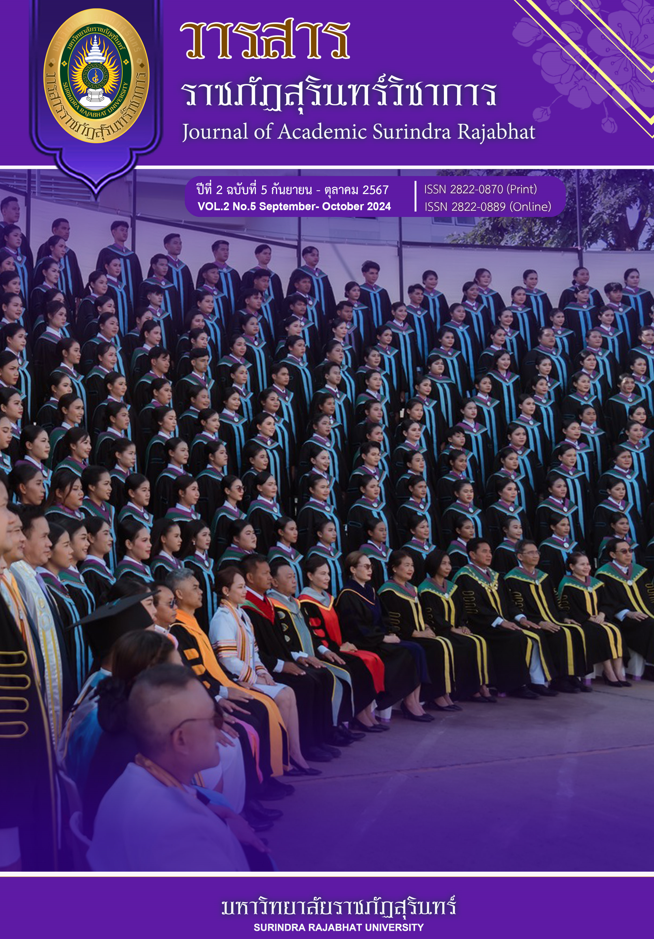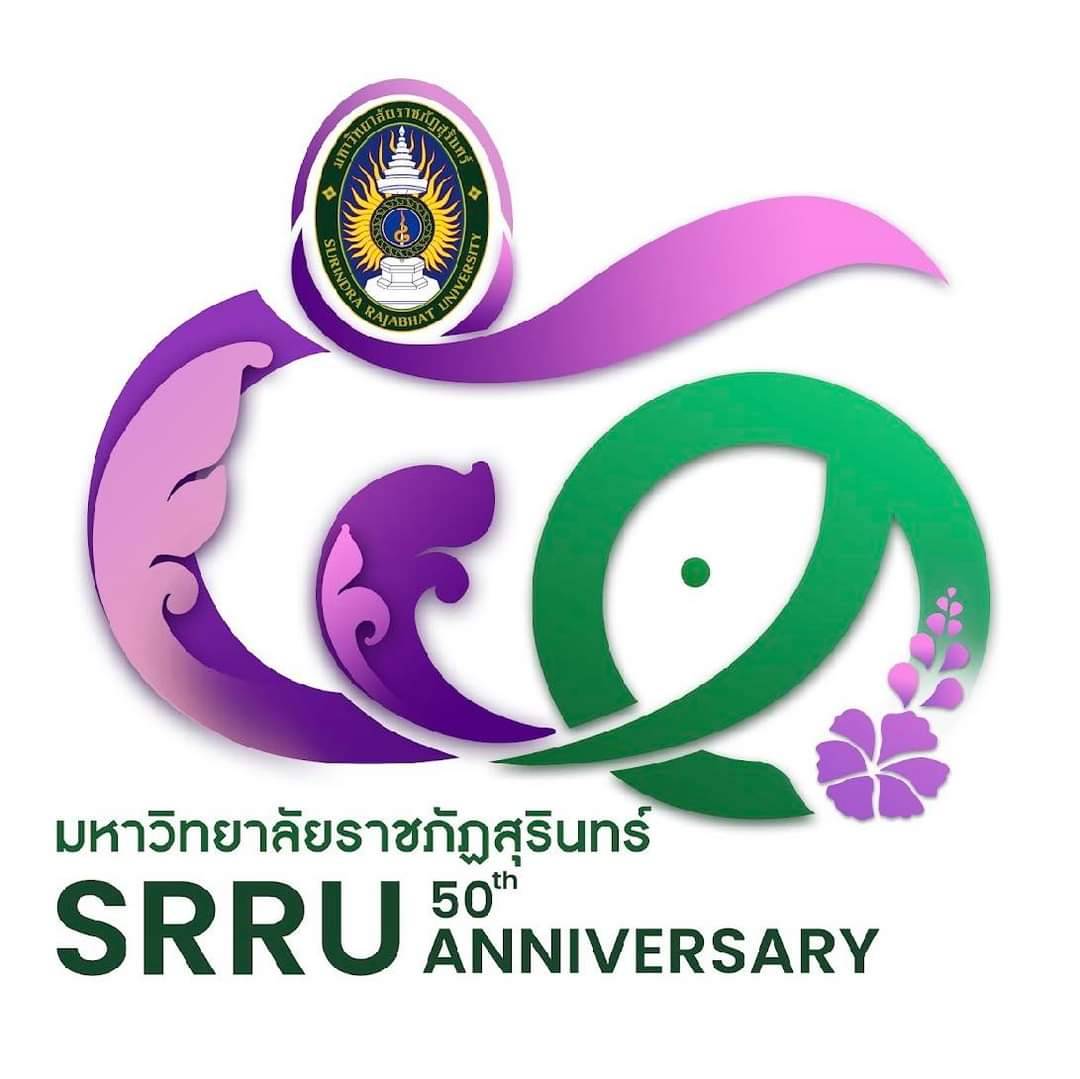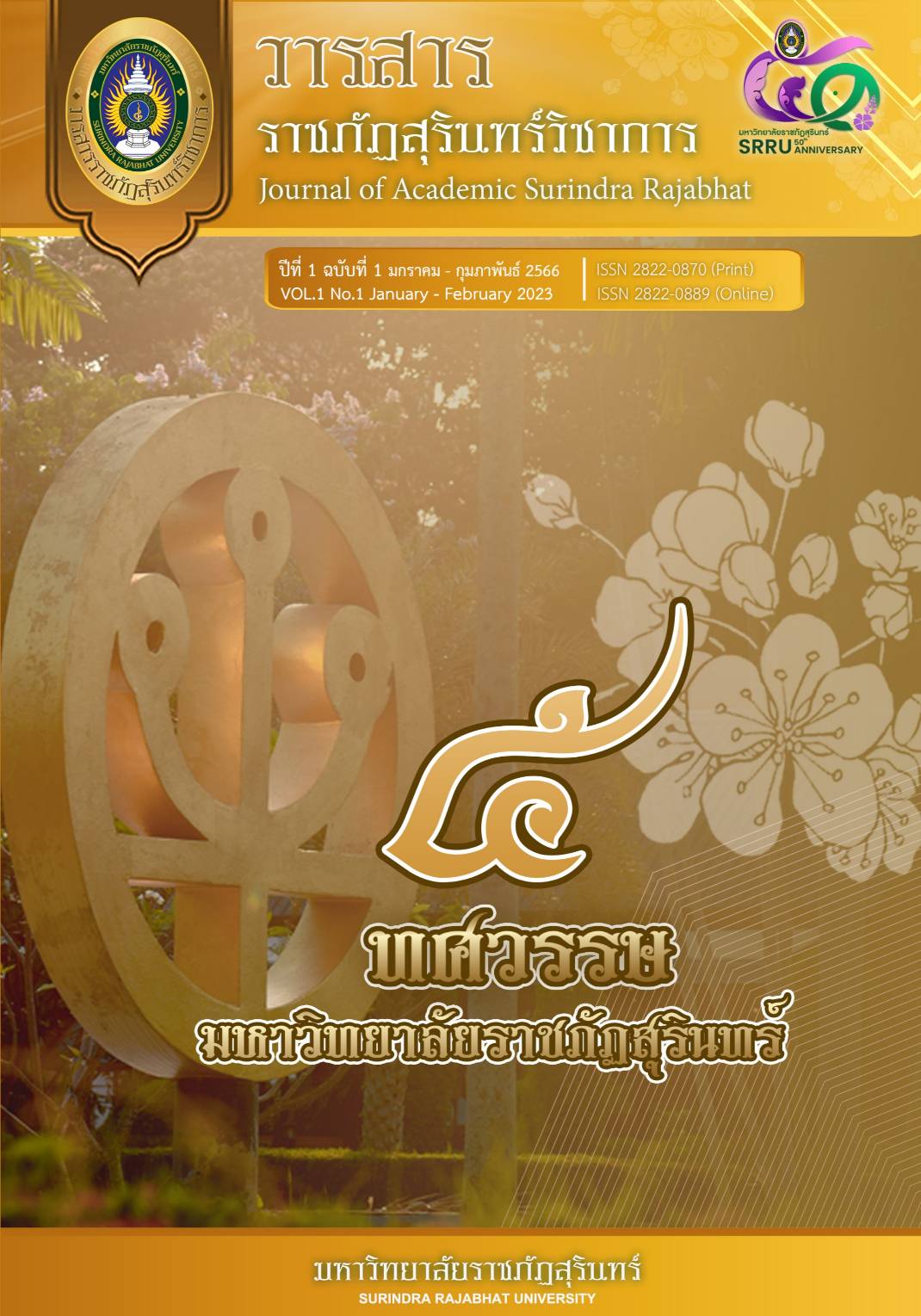The Eeffect of Learning Together Technique on Mathematical Problem-Solving Ability and Mathematics Achievement for Grade 5th Students
DOI:
https://doi.org/10.14456/jasrru.2024.29Keywords:
Mathematics Problem-Solving Ability, Mathematics Achievement, Cooperative Learning, Learning Together TechniqueAbstract
The objectives of this research were to 1) compare the mathematical problems-solving ability on the subject of circles of students after learning was organized using the LT technique with the 70 percent criterion. 2) compare the mathematics achievement of students on the topic of circles after learning was organized using the LT technique with the 70 percent criterion. The sample group used in the research was grade 5th students at Khon Kaen University Demonstration School. Faculty of Education Khon Kaen University in the 2nd semester of academic year 2023, totaling 38 people, were obtained by cluster random sampling. The research tools include 1) a cooperative learning plan using the LT technique 2) mathematical problem-solving ability measurement test 3) mathematics achievement test. Statistics used in data analysis include mean, standard deviation and t-test for one sample.
The results of the research found that 1) mathematical problems-solving ability on the subject of circles of students after learning was organized using the LT technique was higher than the criteria of 70 percent with statistical significance at the .05 level. 2) mathematics achievement on the subject of circles of students after learning was organized using the LT technique was higher than the criteria of 70 percent with statistical significance at the .05 level.
Downloads
References
ขวัญหทัย พิกุลทอง, ชนิศวรา เลิศอมรพงษ์, สิริพร ทิพย์คง และชานนท์ จันทรา. (2561). การพัฒนากระบวนการเรียนการสอนเพื่อส่งเสริมความสามารถในการแก้ปัญหาทางคณิตศาสตร์. วารสารศึกษาศาสตร์ มหาวิทยาลัยสงขลานครินทร์ วิทยาเขตปัตตานี. 29(3) : 13-30.
ชนกกานต์ สหัสทัศน์ และศาตรา สหัสทัศน์. (2565). ปัจจัยที่ส่งผลต่อความสามารถในการแก้โจทย์ปัญหาคณิตศาสตร์ของนักศึกษามหาวิทยาลัยกาฬสินธุ์. วารสารศึกษาศาสตร์ มหาวิทยาลัยมหาสารคาม. 16(2) : 90-100.
ชมนาด เชื้อสุวรรณทวี. (2561). การเรียนการสอนคณิตศาสตร์. กรุงเทพฯ : โรงพิมพ์แห่งจุฬาลงกรณ์มหาวิทยาลัย.
ณัฐพงษ์ ชลุยรัตน์ และนงลักษณ์ วิริยะพงษ์. (2563). การพัฒนาผลสัมฤทธิ์ทางการเรียนคณิตศาสตร์และความสามารถในการแก้โจทย์ปัญหาทางคณิตศาสตร์ เรื่อง สมการ ของนักเรียนระดับประกาศนียบัตรวิชาชีพ ชั้นปีที่ 1 โดยใช้การจัดการเรียนรู้แบบร่วมมือเทคนิค LT. วารสารวิทยาลัยนครราชสีมา สาขามนุษยศาสตร์และสังคมศาสตร์. 14(3) : 1-15.
ทิศนา แขมมณี. (2560). ศาสตร์การสอน. พิมพ์ครั้งที่ 21. กรุงเทพฯ : โรงพิมพ์แห่งจุฬาลงกรณ์มหาวิทยาลัย.
เบญจรัตน์ เปรมปรีสุข. (2564). การจัดการเรียนรู้โดยใช้เทคนิคการเรียนรู้แบบร่วมมือ LT เพื่อพัฒนาผลสัมฤทธิ์ทางการเรียน เรื่อง กราฟและความสัมพันธ์เชิงเส้น ของนักเรียนชั้นมัธยมศึกษาปีที่ 1. The New Viridian Journal of Arts, Humanities and Social Sciences. 1(5) : 24-36.
ภริดา แกวโต, อุไรวรรณ ปานทโชติ และสายพิน ปรักมาส. (2561). ผลการจัดกิจกรรมการเรียนรู้ เรื่อง อสมการ โดยใชการจัดการเรียนการสอนโดยใชเทคนิค Learning Together (LT) ของนักเรียนชั้นมัธยมศึกษาปที่ 3. รายงานสืบเนื่องจากการประชุมวิชาการระดับชาติ ครุศาสตร์ศึกษา ครั้งที่ 1 (729-736). คณะครุศาสตร์ มหาวิทยาลัยราชภัฏกำแพงเพชร.
สิริพร ทิพย์คง. (2556). การแก้ปัญหาคณิตศาสตร์. กรุงเทพฯ : ศูนย์พัฒนาหนังสือ.
สุวิทย์ มูลคำ และอรทัย มูลคำ. (2551). 21 วิธีจัดการเรียนรู้: เพื่อพัฒนากระบวนการคิด. กรุงเทพฯ : โรงพิมพ์ภาพพิมพ์.
สำรวย หาญห้าว. (2560). ปัจจัยที่มีผลต่อเจตคติและความสามารถในการแก้ปัญหาทางคณิตศาสตร์ของนักเรียนชั้นมัธยมศึกษาปีที่ 1 โรงเรียนสาธิตมหาวิทยาลัยรามคำแหง. วารสารวิชาการศึกษาศาสตร์ คณะศึกษาศาสตร์ มหาวิทยาลัยศรีนครินทรวิโรฒ. 18(1) : 142-158.
Downloads
Published
How to Cite
Issue
Section
Categories
License
Copyright (c) 2024 Journal of Academic Surindra Rajabhat

This work is licensed under a Creative Commons Attribution-NonCommercial-NoDerivatives 4.0 International License.









